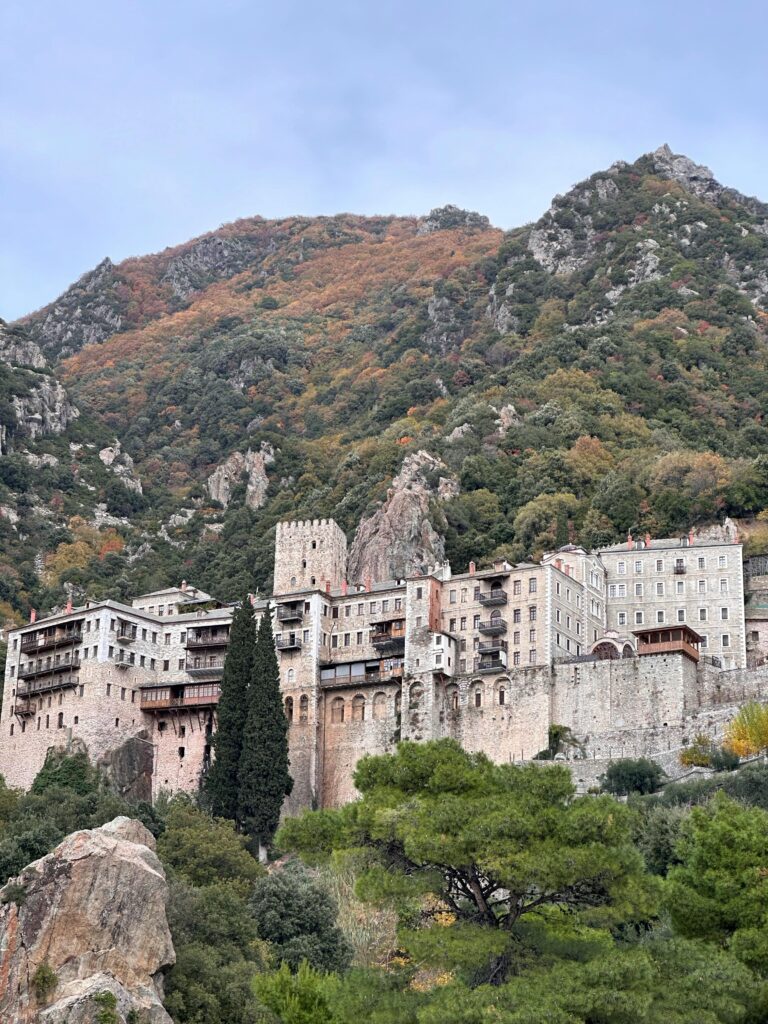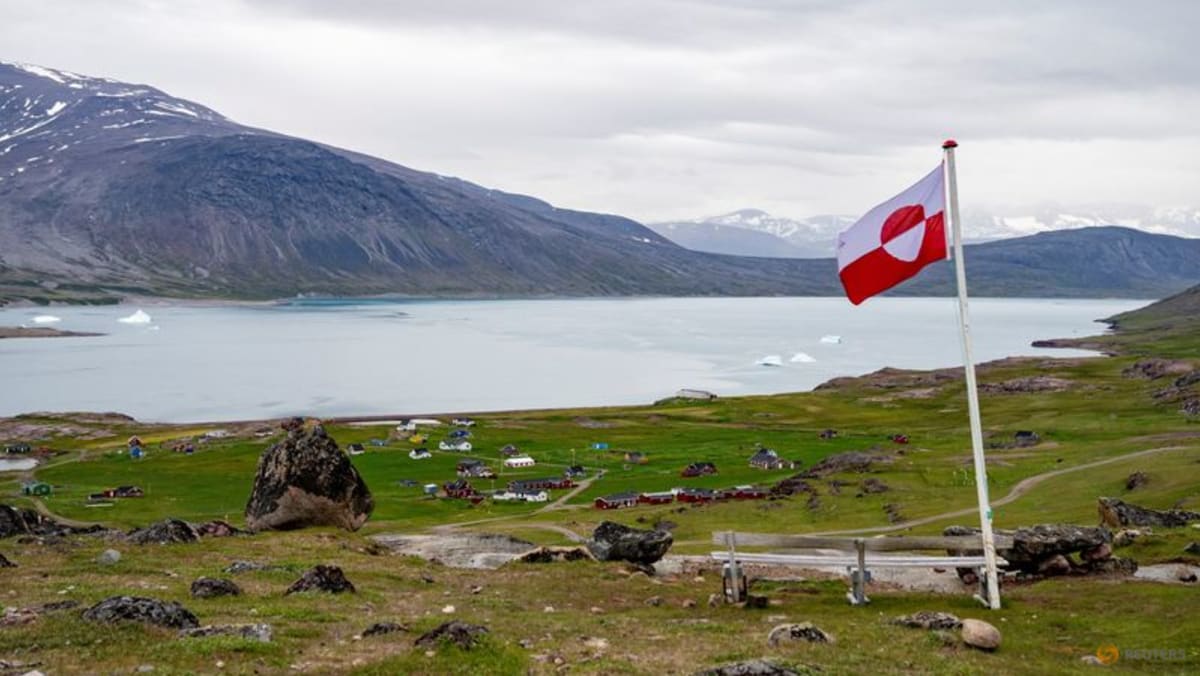Thanks to a little-known international treaty from the mid-19th century, you can experience one of the most exciting adventures
If the prospect of finding yourself in a hotel without knowing which country is exciting, how about spending the night in two countries at the same time? Hotel Arbez is the most amazing place in the world to be.
La Cure, a small village perched atop the Jura Mountains that separate France and Switzerland, is a long drive along winding roads.
The small family-run Hotel Arbez Franco-Suisse, also called L’Arbézie, is built in the rustic style so common in this part of Europe, and has the distinction of being right on top of the international border, CNN writes.
This unusual situation was an unintended consequence of an 1862 treaty whereby France and Switzerland agreed to a small territorial exchange to allow full French control of a nearby strategic road.
The contract included a provision to preserve all buildings along the border, a circumstance that a local entrepreneur took advantage of to open a shop and bar to take advantage of cross-border trade. The hotel was built in 1921. The result is that roughly half of the hotel is in France and the other half in Switzerland, with the international border crossing the restaurant and several of the rooms. The invisible international border runs right through the bathroom and the bed. This means that guests sleep with their head in Switzerland and their feet in France. From the window you can see the two border crossings – the Swiss one on the right, the French one a little further down on the left, and the hotel occupies a small plot of land wedged between them.
Legal complexity
This cross-border reality is embedded in the history of the place. From world wars to the recent Covid-19 pandemic, the hotel’s unique situation is an inexhaustible source of curious situations and stories. It is also reflected in several of the decorative elements found throughout the property. Some of them are obvious, like the flags that decorate some of the walls, but there are more subtle ones.
“Mirrors and windows are intended not only as a decorative element, but also as a symbol of the connection between neighboring worlds and realities,” said Alexandre Peyron, manager of the hotel, which has been run by his family for generations, during a tour of one of the suites with the CNN team. In this case, while the entire room is in Switzerland, the wall is entirely French.
A reproduction of Paul Cézanne’s famous painting The Card Players sits above the restaurant, hanging right where the border passes. The scene, which depicts two men playing cards and is also on a large mural on one of the hotel’s exterior walls, alludes to an incident that took place at the hotel in the 1920s, Peyron said.
A Swiss customs official fines a group of customers he caught playing cards. The offense? It was not gambling, as some mistakenly assumed at the time, but that they had used a set of French-made cards in the Swiss part of the hotel without paying customs duties. To this day, the hotel allows the games as long as the cards don’t cross the border.
Shelter during World War II
The legal framework is not unimportant when it comes to food choices. If you are sitting on the French side of the restaurant, forget to order a portion of tomme Vaudoise (Swiss soft cheese). It cannot be carried over from the French side due to strict European regulations regarding unpasteurized dairy products. The same, in reverse order, also happens with some French specialties, such as saucisse de Morteau – a traditional smoked sausage, the distribution of which is not allowed in Switzerland.
It’s easier when it comes to paying the bill as both Euros and Swiss Francs are accepted. Similarly, the hotel has two phone numbers, one for each country, and the rooms are equipped with two types of electrical outlets, as France and Switzerland use different standards. Taxes are paid in both countries according to a special proportional formula agreed with the tax authorities of both countries.
When Switzerland joined the Schengen free movement area in 2008, it made things easier to some extent, but in reality it had no practical effect on the day-to-day operation of the hotel, as it has always been a particularly cross-border space.
A dramatic example of this is a story from the Second World War, when the German-occupied and collaborationist-controlled areas of France merged with free Switzerland right where the hotel is located.
The Germans occupied the French half of the hotel, but as the staircase leading to the rooms was partly on Swiss territory, the upper floors remained inaccessible to them, making them a relatively safe haven for refugees and fleeing Allied pilots.
In a situation reminiscent of the classic 1980s British TV sitcom “Hello, Hello!”, when the Germans were distracted, eating or drinking at the bar, the hotel’s owners managed to sneak the fugitives under their noses into the safe zone of neutral Switzerland.
Owner Max Arbez has been recognized as the Righteous Among the Nations by the Yad Vashem memorial in Jerusalem for his role in rescuing Jewish refugees. A letter of thanks from Allied Commander Marshal Montgomery is also proudly displayed next to this “Staircase of Freedom” today.
The secret negotiations
This is not the last time the hotel has become embroiled in high-stakes international geopolitics. In the early 1960s, the Hotel Arbez hosted secret negotiations that led to Algeria’s independence from France in 1962.
Fearing capture, Algerian negotiators do not want to set foot on French soil, while French authorities wish to conduct the talks discreetly within their borders. A hotel room offers the perfect solution.
It is possible that the special status of the hotel was sometimes used by people with less good intentions. In early 2002, shortly after 9/11, Peyron says the hotel was visited by agents of an undisclosed security agency to investigate the possibility that an al Qaeda operative had used his stay to cross the border undetected.
Recently, with the outbreak of the Covid-19 pandemic, Hotel Arbez once again finds itself on the front line. Like the rest of the tourism industry, the hotel was badly hit, although it managed to stay open for a while to accommodate the sanitation staff.
However, its managers also have to deal with the complexity of two different and ever-changing sets of restrictions, usually choosing to apply the stricter of them, which are most often those of the French side.
Although quarantines and stay-at-home orders are gradually being eased, the border remains closed for a long time to come. Because the hotel is accessible from both sides, during this time it offers refuge to couples stranded on either side of the border.
A narrow open courtyard serves as a channel between the French and Swiss sides of the building. There is one of the oldest and most tangible manifestations of this border, a stone marker from 1863.
On one side stands the eagle of the Second French Empire (at the time France was ruled by Napoleon III), “Vaux” is simply written on the other side.
“The canton of Vaux is part of the Swiss confederation, but let’s not forget that on the other side of this marker there is also a kind of confederation – the European Union,” says Peyron.
Photo: booking.com





















Discussion about this post